
Popular Posts
Get access to our Exclusive Offers & Pro Tips
TL;DR: Is Affilaite Marketing Worth It in 2025?
Affiliate marketing in 2025 is still alive, profitable, and full of opportunities, but it’s also more competitive than ever. The game is shifting towards micro-niches, and building genuine trust with your audience.
If done right, it offers big rewards, including passive income potential, low startup costs, and global reach. But success requires patience, consistent effort, and smart strategies.
This guide breaks down what’s changing, the pros and cons, real earning potential, and a 7-step plan to boost your affiliate income, plus real case studies to prove it works.
You’ve probably heard the phrase “earn while you sleep” with affiliate marketing.
The internet is full of success stories, income screenshots, and promises of passive income while you are sleeping.
Seeing those flashy ads promising you can become rich through affiliate marketing, and you’re curious to know, is the real deal and is it really worth it for you in 2025?
Here’s something that might surprise you:
- The global affiliate marketing industry is worth over $17 billion
- It’s projected to hit $37.3 billion by 2025.
- In the US alone, spending in the affiliate marketing industry is projected to reach nearly $12 billion in 2025, marking an 11.9% rise from the previous year.
Those aren’t small numbers. But what do they mean for someone like you who’s thinking about jumping in?
In this blog, we’re diving into the current state of affiliate marketing and revealing the truth: is affiliate marketing still working in 2025, and more importantly, can it work for you?
What’s changing in affiliate marketing in 2025?
Affiliate marketing isn’t the same game as it was a few years ago. If you are planning to jump in, ignore the strategies used in 2020 or 2024 and focus on understanding how the landscape is shifting in 2025. Here are the biggest changes you need to know about:
The platform shift challenge
Google stopped trusting affiliate sites like it used to. Many websites that were generating $5k a month are now struggling to make just $500.
Why?
Google realised that people trust honest conversations far more than polished review sites.
Go ahead and test this yourself, search for any product review on Google. You’ll see Reddit discussions ranking higher than actual affiliate websites. Google isn’t doing this by accident. They aim to showcase authentic conversations, rather than content that’s just a money grab.
But this isn’t bad news if you know how to adapt. The affiliate marketers who are actually making money now, they’re building real communities and having genuine conversations about products they use.
AI ruined content creation
Everyone’s using ChatGPT and other AI tools to pump out affiliate content now.
What happened?
The internet got flooded with generic product reviews that all sound exactly the same.
This is actually good news if you’re willing to do things differently. While everyone else is cranking out AI garbage, you can stand out by sharing real experiences and honest recommendations. Smart affiliate marketers use AI to help with their content, but they don’t let it replace their actual voice and experience.
SEO still matters, but it’s harder
Search engines still send most affiliate traffic, but Google got way pickier about what content it ranks. You can’t just stuff keywords into generic articles anymore and expect to make money.
Google wants content that actually helps people. That means honest product reviews, detailed comparisons, helpful tutorials, and content that solves real problems.
Those thin articles with barely any useful information are not working anymore. You need to create content that people would actually read even if you weren’t trying to sell them something.
Popular niches are too crowded
New affiliate marketers keep making the same mistake, they jump into super competitive niches like tech gadgets, fashion, or fitness supplements. These areas are packed with competition from people who’ve been doing this for years.
You can still make money in these niches, but you need to get way more specific about who you’re targeting.
The trick is finding micro-niches within the bigger categories. Instead of trying to compete with everyone, focus on a specific group of people with specific problems.
Here’s what this looks like:
- Don’t review “fitness products” – focus on “home workout gear for busy parents”
- Skip general “tech reviews” – specialize in “budget streaming devices under $100”
- Forget broad “skincare” – target “skincare for people with sensitive skin over 40”
When you get this specific, you’re talking directly to people who have that exact problem. They trust you more because you understand their situation, and they’re way more likely to buy what you recommend.
Pros and cons of affiliate marketing
Everything has two sides, good and bad. The same goes for affiliate marketing. While it offers great opportunities to earn passive income and build an online business, it also comes with certain challenges you need to be aware of.
Let me break this down honestly for you.

Pros of affiliate marketing:
Low startup costs: You can literally start with just your phone and a good internet connection. Starting cost is almost low compared to other businesses.
Work from anywhere: As long as you have internet, you can run your affiliate business from anywhere in the world.
Scalable income: Unlike trading time for money, successful affiliate marketing can generate income while you sleep. I’m not talking about “set it and forget it”; you still need to work, but your content can keep earning long after you publish it.
Learn valuable skills: As you have to generate content for promotion, you develop skills in content creation, marketing, analytics, and audience building that are valuable in tons of other careers.
Multiple income streams: Almost 71% of affiliates work with three or more affiliate networks, which means you’re not dependent on one company for your income.
Cons of affilaite marketing:
It takes time: Most people who succeed didn’t see significant income for 6-12 months. If you need money next month, this isn’t the solution.
Income uncertainty: Your earnings are not guaranteed; they are entirely dependent on algorithm changes, seasonal trends, or companies’ affiliate program policies.
Requires consistent effort: It’s not like you published content and nothing requires. Successful affiliates constantly work to increase the reach of their published content and optimize their strategies.
Competition: The world of affiliate marketing is full of competition. Almost 80% of brands leverage affiliate programs, so to stand out there, you must take a smart approach to differentiate yourself from others.
Platform dependency: When promoting your content on various social media platforms like Instagram, YouTube, and TikTok. Any violation of their rules on displaying affiliate links can pose a risk of restricting your account.
Get access to our exclusive offers and pro tips!
Is affiliate marketing still profitable in 2025?
Yes, still affiliate marketing is worth it in 2025.
Despite the challenges, there are some compelling reasons why affiliate marketing might be perfect for you right now.
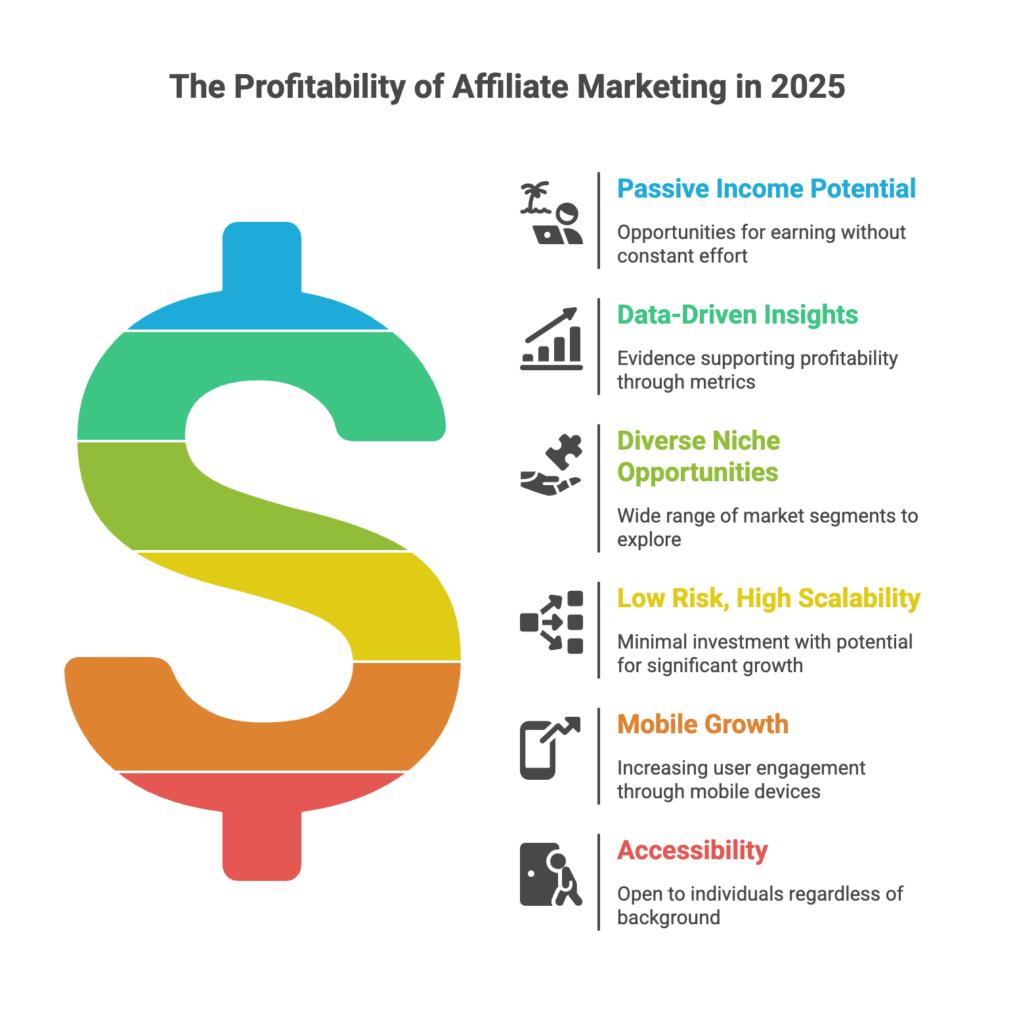
Passive income potential
Most people drive to affiliate marketing with the dream of earning passive income. And honestly, it has the potential to bring you passive income. If you create high-quality content, such as blog posts, product reviews, or YouTube videos, it can generate revenue over time.
That’s true; it doesn’t happen overnight, and you need patience for this. All you need is constant effort and preparation to deliver content that genuinely adds value to users’ lives. When you establish yourself as a trusted person, people will naturally trust you, and passive income will follow.
Moreover, if you’re patient and consistent, affiliate marketing can become a steady stream of passive income over time.
Data-driven insights
On average, affiliate marketing brings a 12:1 return on ad spend (ROAS). That’s better than most traditional advertising methods.
81% of advertisers and 84% of publishers use affiliate marketing, which tells you this isn’t some fringe strategy; it’s mainstream business practice.
It’s expected that by 2025, creator-driven affiliate revenue will reach $1.3 billion. This shows that it’s not just big corporations profiting; individual creators, bloggers, and influencers are also generating substantial income through affiliate partnerships.
The numbers make it clear that affiliate marketing remains a powerful and profitable channel in 2025.
Endless niche opportunities
That’s true; popular niches are already overcrowded, but there are still some micro niches with opportunities. In 2025, affiliate marketing is not limited to promoting trendy and fashion niches; you can promote sustainable living, DIY crafts, pet care, or even niche B2B software.
The secret to success in affiliate marketing in 2025 is to:
- Focus on specific problems people are facing
- Create content that offers solutions
- Find products or services that genuinely help your audience
By niching down, you’ll face less competition and connect with a highly targeted audience who are ready to buy through your recommendations.
Low risk, high scalability
Compared to other traditional business models, affiliate marketing offers a low-risk opportunity to make money online. Here, you have no investment in product inventory or producing promotional materials. All you are doing is promoting the products to the right audience.
As your audience grows, your earning potential will increase simultaneously. You can scale your efforts by:
- Expanding into multiple niches
- Leveraging email marketing for recurring traffic
- Repurposing content across different platforms (blogs, videos, social media)
This scalability is what makes affiliate marketing so appealing in 2025. You can start small and build a significant income stream without massive financial risks.
Mobile growth is exploding
As an affiliate marketer, you must create content to reach a wider audience. The first step is to generate device-specific content that is used the most.
If you’ve noticed, people spend most of their online time on mobile. We are all glued to our phones. So if you are not creating content focusing on mobile users, then you will be missing out a huge audience.
Mobile affiliate spending saw a big 49% increase year-over-year. So here’s the catch: If you’re creating content for mobile platforms like TikTok, Instagram, or YouTube Shorts, you’re positioned perfectly for this trend.
Mobile-focused content isn’t just an option anymore, it’s a must if you want to reach and convert a wider audience in 2025.
It’s accessible to everyone
One of the best things about affiliate marketing is how easy it is to get started. Unlike starting a traditional business, affiliate marketing doesn’t require:
- Inventory or physical products
- Customer service departments
- Shipping and logistics
- Large upfront investments
So anyone with an interest in affiliate marketing can start it overnight, even from the comfort of their home. You don’t need to take the hassle of inventory management or any kind of investment. You can literally start with a smartphone and an internet connection. It’s one of the few online business models where anyone can jump in with minimal resources and still have a shot at success.
How much affiliate marketers make?
Everyone wants to make money online through affiliate marketing. Your affiliate income depends on several factors. From the niche selection to the promotional approach, everything depends on succeeding in affiliate marketing.
Below, we are breaking down the steps of how you can earn from affiliate marketing.
- Niche selection – The first and most important part is selecting affiliate niche. High-ticket items like software, web hosting, and B2B tools often offer bigger commissions than physical products.
- Traffic source – Whether it’s SEO, YouTube, social media, or email marketing, your ability to bring in targeted traffic matters to increase earnings.
- Content strategy – Detailed product reviews, tutorials, and comparison posts tend to convert better than generic content.
- Build audience trust – Audiences are smart. They won’t click your links just because you put them there. Building trust is key.
Here’s a rough idea of how affiliate income might look:
- Beginners (0–6 months): $0 to $200/month (mostly learning & experimenting)
- Intermediate (6–12 months): $500 to $2,000/month (with consistent content & traffic)
- Experienced affiliates (1–2 years+): $5,000+/month (if systems are in place and niche is profitable)
Of course, these are just ballpark figures. Some affiliates make nothing, while others build six-figure income streams. But in most cases, steady progress happens after months of work, not weeks.
Why the “Passive Income” myth is misleading
We already talked about the phrase “earn while you sleep.” Yes, this is possible, but after an upfront active work.
Think of it like this:
- You build a piece of content (blog, video, etc.).
- It starts ranking on Google or gets traffic from social platforms.
- Over time, it brings in consistent clicks and conversions, even when you’re not actively promoting it.
That’s the process, but to reach this stage, you need to create valuable and optimized content. Where most people fall short; they give up before the momentum kicks in.
7 steps to increase your affiliate earnings
We all know affiliate marketing isn’t a new game. But the rules of the game have changed. Based on what’s working in 2025, here’s your roadmap to maximize your affiliate earnings:
Step 1: Build a convertible affiliate marketing website
Your affiliate marketing website is the mirror of your business’s online presence. How people get convinced by your recommendations mostly depends on how your website looks.
The better you customize your website, the higher the chance of attracting your customers. Along with the website’s appearance, the domain name also matters. It should be easy, memorable, and obviously relevant to your niche.
Step 2: Pick your niche and own it
Don’t choose a niche only for high commission rates. If you’re promoting stuff without knowing anything about it, people will lose trust in you.
Pick something you actually use or care about. Suppose you love skincare? Great. Obsessed with tech gadgets? Perfect. Into cooking? Even better. The point is to pick something where you’re not pretending to be an expert; you are an expert.
Step 3: Start with one platform
Don’t try to be everywhere at once. Pick one platform (YouTube, TikTok, Instagram, email newsletter, blog) and get good at it before expanding.
Pick one. Start with YouTube if you enjoy talking to a camera. TikTok if you’re good with short videos. Instagram, if you’re already scrolling there anyway. Blog if you prefer writing. Master one platform before you even think about the next one.
Step 4: Focus on building relationships
Your goal isn’t just to get followers, it’s the process to building relationships with people who trust your recommendations. A smaller, engaged audience beats a large, indifferent one every time.
Quality over quantity isn’t just some motivational poster nonsense – it’s how affiliate marketing actually works. 1,000 people who actually read your stuff beat 100,000 random followers who scroll past your content.
Step 5: Create genuinely helpful content
Here’s the most important part, help people before you try to sell them anything.
Answer questions. Solve problems. Share what you’ve learned. Make content that people would read even if you weren’t trying to make money from it.
The selling comes later, naturally. When someone trusts that you’re actually trying to help them, they’ll listen to your recommendations. When they think you’re just another affiliate marketer pushing products for commissions, they won’t.
Step 6: Track everything
This part sucks, but to avoid affiliate marketing mistakes you gotta do it. Track which content gets clicks. Which affiliate programs convert. What topics your audience responds to.
Most successful affiliates use multiple networks because they’ve tested different options and know what works. Don’t just stick with Amazon because it’s easy – test other programs and see what pays better.
Step 7: Perfectly display affiliate products
How you display your affiliate products matters more than you think. Most people add a basic text link to their content and wonder why it doesn’t get any clicks. Here, the only solution is using an affiliate marketing plugin that actually works.
AzonPress is one of the best affiliate marketing plugins. It pulls live data from Amazon, so your visitors see current prices and whether items are in stock. This real-time updating keeps your content fresh without you having to manually check and update every product link.
AzonPress WordPress affiliate marketing plugin
AzonPress is the best WordPress affiliate marketing plugin for affiliates who want to boost clicks and conversions.
With customizable product display boxes, geo-targeting, auto product updates, and zero API dependency, it lets affiliate marketers showcase products and manage links, all from one intuitive dashboard.
Key features of AzonPress include:
- Customizable comparison tables
- Best-seller lists and product grids
- Zero API integration
- Customizable layouts
- Link management
- User-friendly interface
- Gutenberg integration
- Geotargeting
- Advanced reporting
- Geolocation-based redirection
- Shortcode support
- Responsive and mobile-friendly layouts
Manage links, create product tables, and comparison tables, and increase your affiliate revenue
Successful case studies in affiliate marketing
You will find many successful affiliate marketing case studies online. Here I am sharing three of the most successful stories for you.
Case Study 1: Contentellect’s Automotive site – $0 to $1,000+ monthly
Contentellect documented their journey building an affiliate site from scratch, investing $10,296.68 and generating $17,603.39 in revenue over 24 months. They achieved a 410% ROI and consistently earned over $1,000 per month.
Key results:
- Started with $0 in June 2020
- Hit $1,190 in June 2021
- Averaged $1,000+ monthly by 2022
- Built site value to $35,000
Their strategy focused on aged domains, quality content, and strategic affiliate partnerships in a specific niche with high-value products.
Source: Contentellect Case Study
Case study 2: AI-Powered affiliate marketing – 40% conversion increase
A recent case study shows an affiliate marketer leveraged AI tools and saw a 40% increase in conversions within just three months without increasing their ad spend. This demonstrates how modern tools can dramatically improve performance when used strategically.
The marketer used AI for content optimization, audience targeting, and performance tracking, resulting in significantly higher conversion rates and revenue growth.
Source: Poll the People AI Case Study
Case Study 3: TrafficShark’s social bar and popunder campaign
TrafficShark successfully used a combination of Social Bar and Popunder formats on Adsterra traffic, achieving impressive results in the utility niche. Their campaign optimization and traffic source selection led to profitable conversions.
This case study demonstrates how choosing the right ad formats and traffic sources can make a significant difference in affiliate campaign performance.
Source: Adsterra Case Studies
Final verdict: Is affiliate marketing worth it in 2025?
I am already shared why affiliate marketing is absolutely worth it in 2025, but only if you approach it the right way.
The opportunity is bigger than ever. But here’s the thing – this isn’t a get-rich-quick scheme. It’s a real business that requires real work, patience, and strategy.
You should definitely try affiliate marketing if:
- You’re willing to invest 6-12 months before seeing significant results
- You enjoy creating content and helping people solve problems
- You have expertise or genuine interest in a specific niche
- You can be consistent with content creation and audience building
- You’re comfortable learning new skills and adapting to changes
You should skip it if:
- You need income within the next 2-3 months
- You’re not interested in creating regular content
- You’re just looking for easy money with minimal effort
- You’re not willing to be genuine and transparent with your audience
My recommendation
Start small. Pick one niche you know well. Choose one platform you enjoy using. Create helpful content for 90 days without worrying about making money. Focus on building relationships and providing value.
If after 90 days you’re enjoying the process and seeing some engagement, then start adding affiliate recommendations for products you genuinely use and believe in.
People are seriously making money from affiliate marketing; those who are now earning $5k, $10k, even $50k+ per month – they all started exactly where you are now. All you need is persistence, authenticity, and a willingness to provide real value to their audience.
As you can see, affiliate marketing delivers a 12:1 return on ad spend on average, and the industry is growing at double-digit rates; there’s never been a better time to get started.
One thing you must remember – treat it like a real business, focus on helping people, and be patient with the process. The money will follow if you’re providing genuine value.
Frequently Asked Questions
Here are some frequently asked questions about affilaite marketing.
1. Is affiliate marketing still a good way to make money in 2025?
Yes. With the rise of mobile content, creator-led sales, and new tools, affiliate marketing is still profitable. But competition is tougher, so success now depends on finding micro-niches, building trust, and delivering genuine value to your audience.
2. How much can a beginner affiliate marketer earn in 2025?
Income varies a lot. Beginners may earn $50–$500 a month in their first year, while experienced marketers can make thousands. The key factors are niche selection, content quality, traffic generation, and conversion rates.
3. Do I need a website to start affiliate marketing?
Not necessarily. You can use social media platforms like Instagram, TikTok, or YouTube. However, having a website gives you more control, credibility, and long-term growth potential.
4. What’s the biggest challenge in affiliate marketing today?
Standing out in saturated niches. Many new affiliates target broad markets like fitness, fashion, or tech. The real opportunity is in underserved micro-niches where competition is lower but demand is still high.
5. How long does it take to make money from affiliate marketing?
It’s not instant. Most affiliates take 3–6 months to see their first commissions, and 1–2 years to build steady income. Consistency, patience, and optimization are key.
Read Similar Blogs
We build lasting partnerships to boost and manage revenue growth






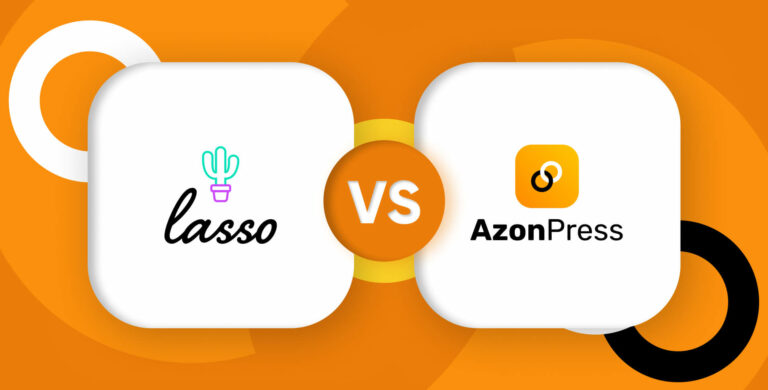
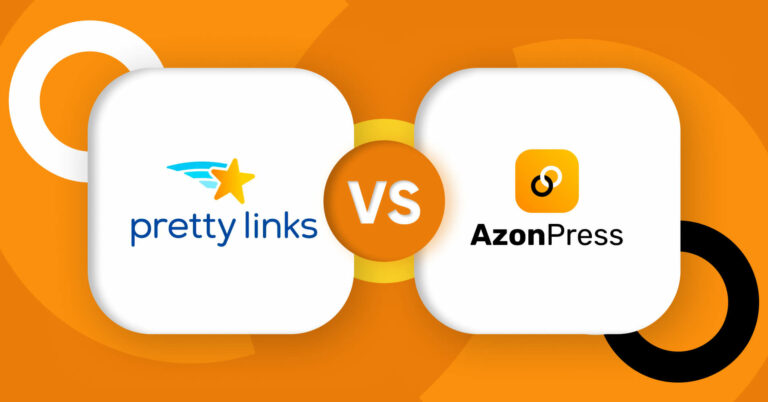
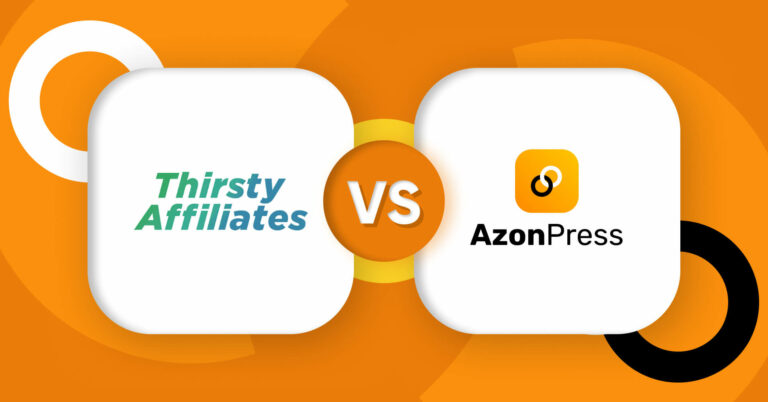





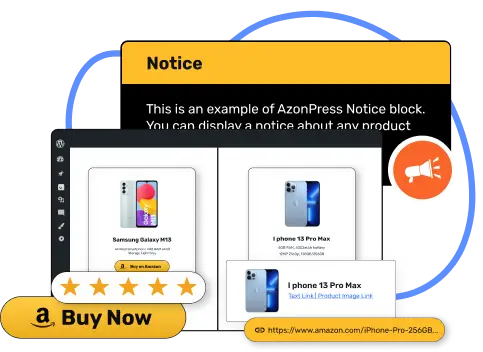





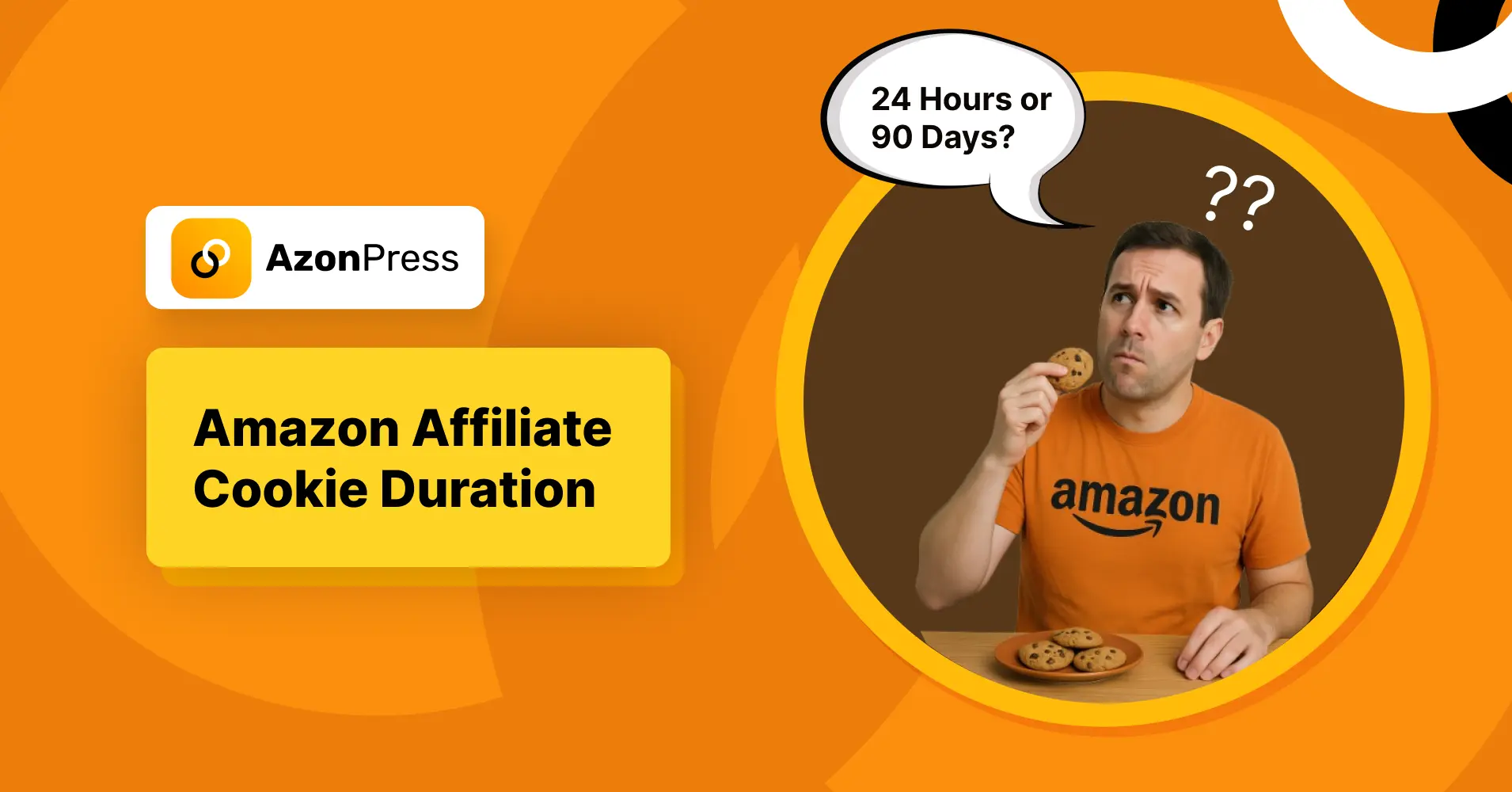

Leave a Reply